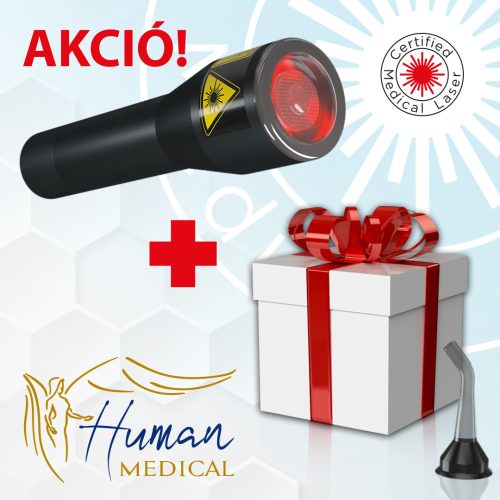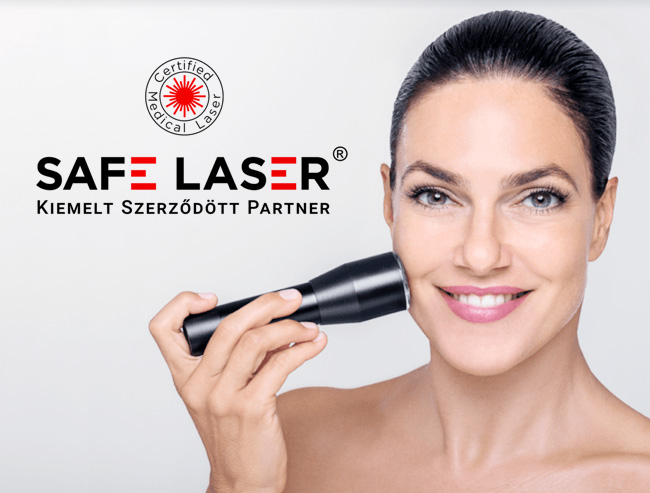Great Reasons On Deciding On A Safe Laser Therapy
Wiki Article
How Does Safe Laser Low-Level Laser Therapy (Lllt) Aid In Locomotor Pain And Sports Injuries?
Safe Laser's low-level laser therapy (LLLT) thanks to its anti-inflammatory properties, may reduce swelling and pain associated with sports injuries. The reduction in inflammation could alleviate pain and swelling associated with injuries.
Accelerated regeneration and repair of tissueAccelerated Regeneration and Repair of Tissue LLLT stimulates cellular metabolic activity and growth. This results in faster repair and regeneration of tissues. It increases collagen production, which is crucial in the healing of injured ligaments, tendons, and muscles.
Pain Relief - LLLT modifies the perception of pain via nerve conduction. The body produces endorphins to ease pain.
Improved Circulation - LLLT increases microcirculation, vasodilation and blood flow in the affected area. A better blood circulation system provides nutrients, oxygen as well as other factors for healing to the injured tissues.
Muscle Relaxation LLLT can help relieve muscle spasms and tension by encouraging the release of nitric oxide which triggers relaxation of the smooth muscles. This is particularly helpful for athletes who are experiencing muscle stiffness.
LLLT helps to regenerate tissue and reduces the development of scar tissues. These can impede motion and can cause chronic discomfort when they are not treated properly.
Enhanced Range of Motion- LLLT can help improve joint flexibility and mobility by decreasing inflammation and pain which allows people to return normal activities and participation in sports faster.
In general, low-level Laser Therapy by Secure Laser is a non-invasive, drug-free method for managing injuries from sports and locomotor discomfort. This treatment speeds up healing and functional outcomes in individuals with musculoskeletal issues. See the best safe laser 1800 for website recommendations including lézer bérlés, lágylézer kezelés árak, lágy lézer kezelés, otthoni lézer kezelés, orvosi lézer készülékek, mozgásszervi problémák, lagylezer terapia, lágylézer készülék bérlés, lágylézer bérlés, lágylézer kezelés árak and more.

How Can Low-Level, Safe Laser Therapy (Lllt), Treat Ear Problems?
Safe Laser Low-Level Laser Therapy (LLLT) can aid in ear problems in several ways. LLLT can be used to treat conditions such as otitis externea (inflammation of the outer ear) or the otitis moderate (middle ear infections).
Pain Relief- LLLT regulates pain perception through affecting nerve conduction and also reducing the release of pain mediators like substance P. In ear conditions such as otitis media, or headaches, LLLT can help alleviate discomfort and pain, offering relief for individuals experiencing ear-related discomfort.
LLLT stimulates tissue growth and repair by accelerating tissue healing. For conditions like the eardrum perforations or otitis media, LLLT can help promote quicker healing of damaged tissues, thus reducing the risk of complications and improving overall health of the ear.
Improved Blood Circulation- LLLT increases vasodilation and microcirculation and results in a greater blood flow to the ear tissues. The improved blood circulation will help provide oxygen and nutrients to inflamed or damaged tissues which aids in healing.
Tinnitus Treatment LLLT was investigated as a treatment option for Tinnitus. Tinnitus causes a ringing or buzzing sound to the ears. Although it is not clear the mechanism by which LLLT is effective but it has been demonstrated to increase blood flow, lessen inflammation, and ease tinnitus.
Reduction of Earwax buildup LLLT could aid in reducing and softening earwax (cerumen) accumulation in the ear canal, facilitating removal and decreasing the chance of blockage in the ear or infection. It can be particularly beneficial for people with excessive earwax and those who experience earwax impaction.
Overall, Safe Laser low-level laser therapy provides a non-invasive and drug-free approach to managing various ear problems, providing relief from symptoms like pain, inflammation, and the buildup of earwax. It is crucial to talk with an expert in ENT for a diagnosis and treatment recommendation prior to making use of LLLT. See the top safe laser 1800 for blog examples including lezer kezeles, lágylézer kezelés, mozgásszervi problémák, lágylézer készülék bérlés, lágylézer készülék bérlés, orvosi lágylézer, orvosi lézer készülékek, lágylézer készülék, lágylézer készülék bérlés, lágylézer vásárlás and more.

How Long Will It Typically Require For A Laser Be Effective For Oral And Dental Conditions?
Safe Low-level laser treatments (LLLT) can have varying results depending on the oral or dental condition. This is due to the nature of the kind of problem being treated and the degree of the condition. It is also dependent on the response of an patient. LLLT treatment sessions typically are scheduled over a certain period of months to produce optimal outcomes.
Type and severity of condition- The number of LLLT treatments needed is dependent on the nature and severity the oral or dental conditions being treated. Periodontitis, gingivitis or oral ulcers, as well as the temporomandibular (TMJ) issues can require a variety of treatments.
The individual's response to treatment- Certain factors, such as oral health, immune function and healing capacity may affect the way a patient reacts to LLLT for oral and dental issues. Certain people might have a quicker response to treatment, as well as a more rapid improvement in symptoms. Some may require longer therapy.
Treatment Protocol - The treatment plan suggested by a dentist could have a significant influence on the number of LLLT sessions are needed for dental and oral issues. Healthcare providers can customize the treatment plan based on your individual requirements. This could include scheduling LLLT every week or at specified intervals for a more extended time period.
Chronic as opposed to. Acute disorders- The distinction between chronic and acute condition can also affect the number LLLT sessions that are needed. Acute conditions including oral ulcers or pain following surgery may only require a few sessions of LLLT to provide relief. Chronic diseases such as TMJ disorders or periodontitis may require more attention.
There are some who may notice improvements in their dental or oral health following a few LLLT treatments, while others might require an extended period of treatment for the most effective results. If you want to achieve the maximum benefit from LLLT for treating oral and dental issues it is essential to follow a treatment program that is prescribed by a qualified dentist. It's also crucial to communicate with a dentist and monitor oral health to ensure that the appropriate treatment plan and monitoring is implemented.